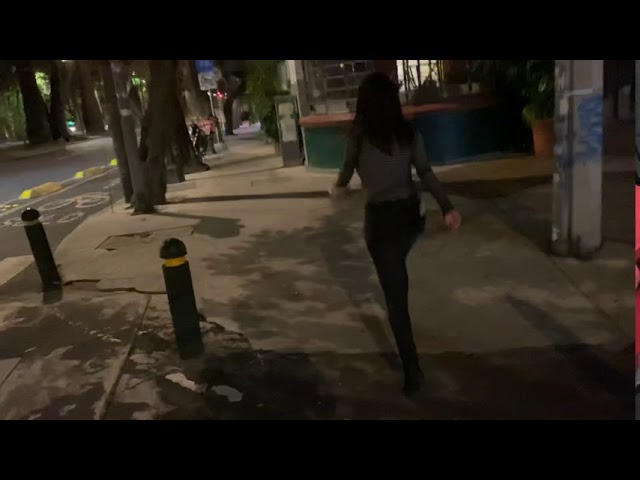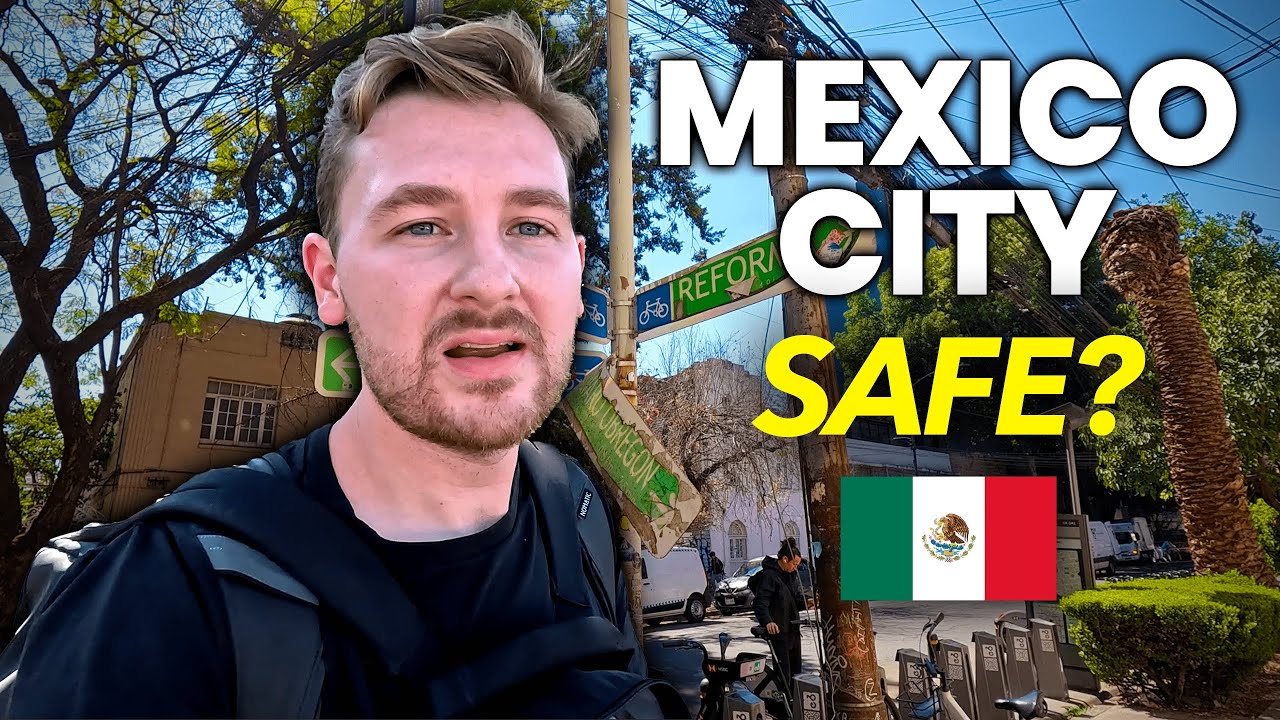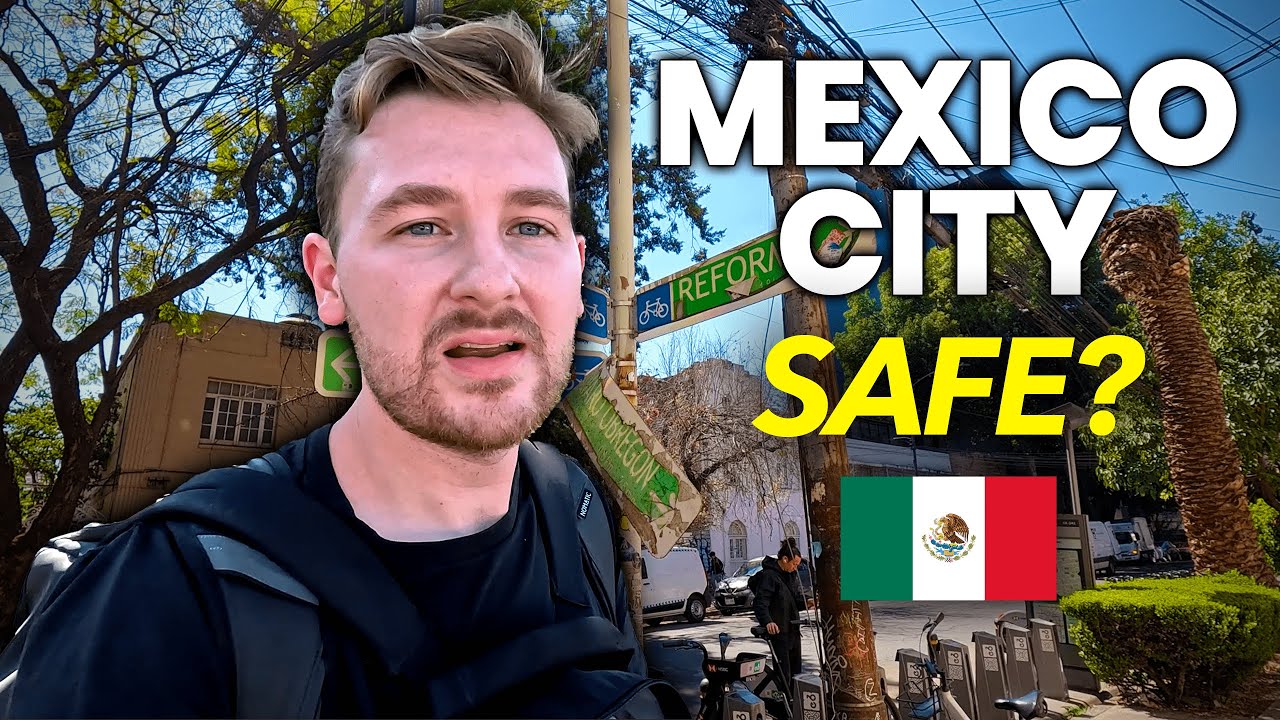Understanding the Mexico City Metro System
Navigating the vast and bustling Mexico City Metro system can seem daunting at first, but it’s actually a highly efficient and affordable way to explore the city’s numerous attractions. Spanning over 200 kilometers and featuring 195 stations, the Metro not only offers a glimpse into the daily life of local commuters but also serves as a lifeline that connects the sprawling metropolis.
First-timers should acquaint themselves with the Metro map, which delineates the different lines by color and number. Each station is marked with a unique icon that often reflects the area’s history or significant landmarks, making it somewhat easier to remember your stops. Many smartphone apps provide real-time updates and route planning features, which are invaluable for optimizing your travel times and routes.
Purchasing tickets for the Metro is straightforward and remarkably inexpensive, with a flat-rate fare that allows you to travel to any destination within the network. Tickets can be bought at booths or machines available in every station. For frequent travelers, rechargeable smart cards offer both convenience and cost savings, as they can be used not only for the Metro but for other forms of public transport within the city as well.
During peak hours, the Metro can become extremely crowded, which may be overwhelming for some visitors. It’s important to be mindful of your surroundings and belongings, as pickpocketing can occur in densely packed cars. Furthermore, specific cars are designated for women and children during these busy times to ensure their safety and comfort.
Exploring Mexico City via the Metro opens up a world of possibilities. From the historic artifacts housed in the Zócalo to the vibrant murals of Bellas Artes, the Metro system enables adventurers to uncover the rich cultural tapestry of this grand city at their own pace, without the hassle of traffic jams and parking.
Safety Measures in the Mexico City Metro
Traveling through Mexico City by metro is not only efficient but also quite exciting. The city’s metro system spans across numerous neighborhoods, offering a glimpse into the lively urban life of the capital. However, safety is a significant concern for many travelers. To ensure a secure journey while navigating the metro lines, here are some essential safety measures to keep in mind.
First and foremost, always be aware of your surroundings. This means keeping an eye on your possessions and staying alert to the behaviors of those around you. Pickpocketing can occur in crowded spaces, so it’s advisable to keep your belongings in front of you and avoid displaying valuables openly. In addition, during rush hours, when the metro can get exceptionally crowded, maintain a safe distance from the platform edge to avoid accidents.
The Mexico City Metro has implemented various security measures for passenger safety, including CCTV cameras throughout the stations and on trains. These cameras are monitored continuously to ensure public safety and to respond quickly to any incidents. It’s comforting to know that the metro is well-guarded, with security personnel visible throughout the system.
Another critical aspect is being informed about the metro’s operating hours and any service changes. This information can prevent you from being stranded or finding yourself in less crowded and potentially unsafe stations late at night. Always check the latest travel advisories and metro schedules, which are readily available through the official Mexico City Metro website or its mobile app.
Lastly, familiarize yourself with the emergency procedures and the locations of emergency exits and communication devices in the metro stations. In case of an emergency, knowing how to quickly reach a place of safety or how to alert metro staff can make a significant difference in your safety. These procedures are usually displayed in stations and on the trains, so take a moment to locate and understand them as part of your travel prep.
Traveling in the Mexico City Metro can be a safe and enjoyable experience if you follow these safety measures. Keeping vigilant, informed, and prepared will significantly enhance your journey through this vibrant city.
Is it Safe to Ride the Mexico City Metro at Night?
The safety of riding the Mexico City Metro at night is a common concern among tourists and first-time visitors to the capital. Generally, the Mexico City Metro is considered to be relatively safe during the day, with millions of locals and tourists using it for their daily commutes. However, the situation can become slightly more complex as night falls. The Metro operates until midnight from Monday to Friday, until 11 PM on Saturdays, and until 12 AM on Sundays. During these later hours, especially after 9 PM, the frequency of trains decreases, and stations, as well as trains, can be less crowded – creating a different atmosphere compared to the busy daytime hours.
It’s important to note that the level of safety can vary depending on a number of factors, including the specific line you’re using and the area of the city you’re traveling to or from. Some lines and stations are known to be safer and better lit than others. As a general rule, central and tourist-heavy areas tend to be safer, while caution is advised when traveling to less familiar parts of the city at night. Practicing common sense safety measures such as staying alert, keeping your belongings secure, and traveling in groups can significantly reduce risks.
Moreover, the presence of security personnel and police officers is heightened during the evening and night hours. The Metro system is under constant surveillance with CCTV cameras, and there are emergency buttons located throughout stations and trains. Nevertheless, it’s recommended to plan your route in advance, avoid empty compartments, and stay in well-lit areas of the station. If you’re uncertain about your safety or need assistance, seeking help from Metro staff or security is advised. While many locals use the Metro at night without incident, personal comfort levels and precautions should always guide your decision.
Traveling Safely on the Mexico City Metro After Dark
Exploring Mexico City at night opens up a whole new vista of experiences, from sampling local cuisines at vibrant street markets to soaking in the eclectic nightlife. Yet, for many travelers, navigating the Mexico City Metro after dark might seem daunting. The metro, being an indispensable and cost-efficient mode of transport, remains a viable option for night owls seeking adventure. Emphasizing personal safety and situational awareness can transform your nighttime metro rides into a snug part of your Mexico City escapades.
Stay Alert and Aware: The first rule of safe travel on the Metro after dark is to stay vigilant. While the Metro is monitored and generally safe, like any public transport system worldwide, it can attract petty criminals after dark. Ensure to keep your belongings close, avoid displaying expensive gadgets, and stay aware of your surroundings. Choose cars that are well-lit and have a fair number of passengers. Interestingly, some trains have designated areas for women and children, which might offer an additional sense of security during late hours.
Plan Your Journey: Before you embark on your nocturnal adventure, planning is key. Familiarize yourself with the Metro map and the times of the last trains to avoid being stranded. Mexico City’s Metro tends to be less crowded at night, offering a more comfortable journey but remember that services end around midnight. Hence, knowing your route and any necessary line changes in advance can ease your travel. Also, considering the use of reputable taxi services or ride-sharing apps from the metro station to your final destination can be a wise choice if your stop is a bit far or if the hour is too late.
Emergency Services and Assistance
Traveling through Mexico’s diverse landscapes and engaging in various adventures can be an exhilarating experience. However, unexpected situations may arise, emphasizing the importance of knowing how to access emergency services and assistance. Throughout Mexico, the emergency phone number is 911. This number can be dialed from any phone, including mobile phones without a SIM card, providing access to immediate assistance for police, fire, medical emergencies, and more. It’s crucial for travelers to have this number saved and readily accessible at all times.
Additionally, many tourist destinations in Mexico offer specialized tourist police units, known as “Policia Turistica,” who are specifically trained to assist international visitors. These officers not only help in emergency situations but also provide information, directions, and support in case of lost or stolen belongings. Tourists can recognize these officers by their distinctive uniforms and badges that often include the word “Turismo.” Engaging with these officers can provide an added layer of security and assistance during your travels.
For health-related emergencies, Mexico has a wide network of hospitals and clinics, ranging from public institutions to private clinics, ensuring travelers have access to medical care when needed. In case of a medical emergency, it’s advisable to contact your embassy or consulate for recommendations on nearby medical facilities that have a track record of servicing international patients. Remember, carrying comprehensive travel insurance that covers medical emergencies is paramount, as it can alleviate the financial burden of unexpected medical costs and provide assistance in coordinating emergency medical services.
Conclusion: Night Travel in the Mexico City Metro
Exploring Mexico City by day offers an array of vibrant experiences, but the city takes on an entirely different character as night falls, especially when navigating its extensive metro system. Night travel on the Mexico City Metro isn’t just about getting from point A to point B; it’s about witnessing the city’s heartbeat in a way few tourists do. The vibrant energy, diverse crowds, and unique interactions present a different facet of Mexico City life that is both exhilarating and eye-opening.
One of the most compelling reasons to experience the metro at night is the potential for unexpected cultural exchanges. After dark, the metro becomes a melting pot of local musicians, artists, and everyday commuters sharing stories and their lives with one another. This atmosphere creates a sense of community and provides a real, unfiltered glimpse into the city’s soul. Travelers are likely to encounter everything from impromptu performances to friendly conversations, offering a richer, more authentic cultural experience.
Safety is a common concern for night travelers, but the Mexico City Metro system is well-lit, frequently patrolled by security, and equipped with surveillance cameras. As with any large city, it’s wise to remain aware of your surroundings and travel in groups when possible. Keeping a low profile and avoiding drawing attention to oneself with flashy belongings can help ensure a smooth journey. Following common sense safety measures can make your night travels both enjoyable and secure.
Off-Peak Hours offer another appealing reason to venture into the metro after the sun has set. The crowds thin out, providing a more relaxed environment and the opportunity to navigate the system without the hustle and bustle typical of peak travel times. Trains still run regularly, though with slightly reduced frequency, making it feasible to explore the city’s nightlife without worrying excessively about catching the last train home.
Embarking on a nocturnal adventure in the Mexico City Metro is not just about transportation; it’s an adventure into the heart of the city. The sights, sounds, and real-life scenarios that unfold in the late hours offer an unparalleled opportunity to connect with the city on a deeper level. Whether you’re hopping between nightlife spots, heading back from a dinner engagement, or simply soaking up the local ambiance, night travel on the Metro can add a thrilling dimension to your Mexico City experience, imbued with tales waiting to be discovered and memories begging to be made.


